SOURCE: AFI

The Indian Space Research Organisation (ISRO) is making significant strides in Martian exploration with its ambitious project, the Martian Boundary Layer Explorer (MARBLE). A key component of MARBLE is the development of a novel coaxial rotor system specifically designed to operate in the Martian atmosphere.
The Martian atmosphere poses a unique challenge for rotorcraft. It’s roughly 100 times thinner than Earth’s atmosphere, and with an average surface temperature of -63°C (210K), it presents a harsh environment for traditional helicopter designs.
Continue readingSOURCE: AFI
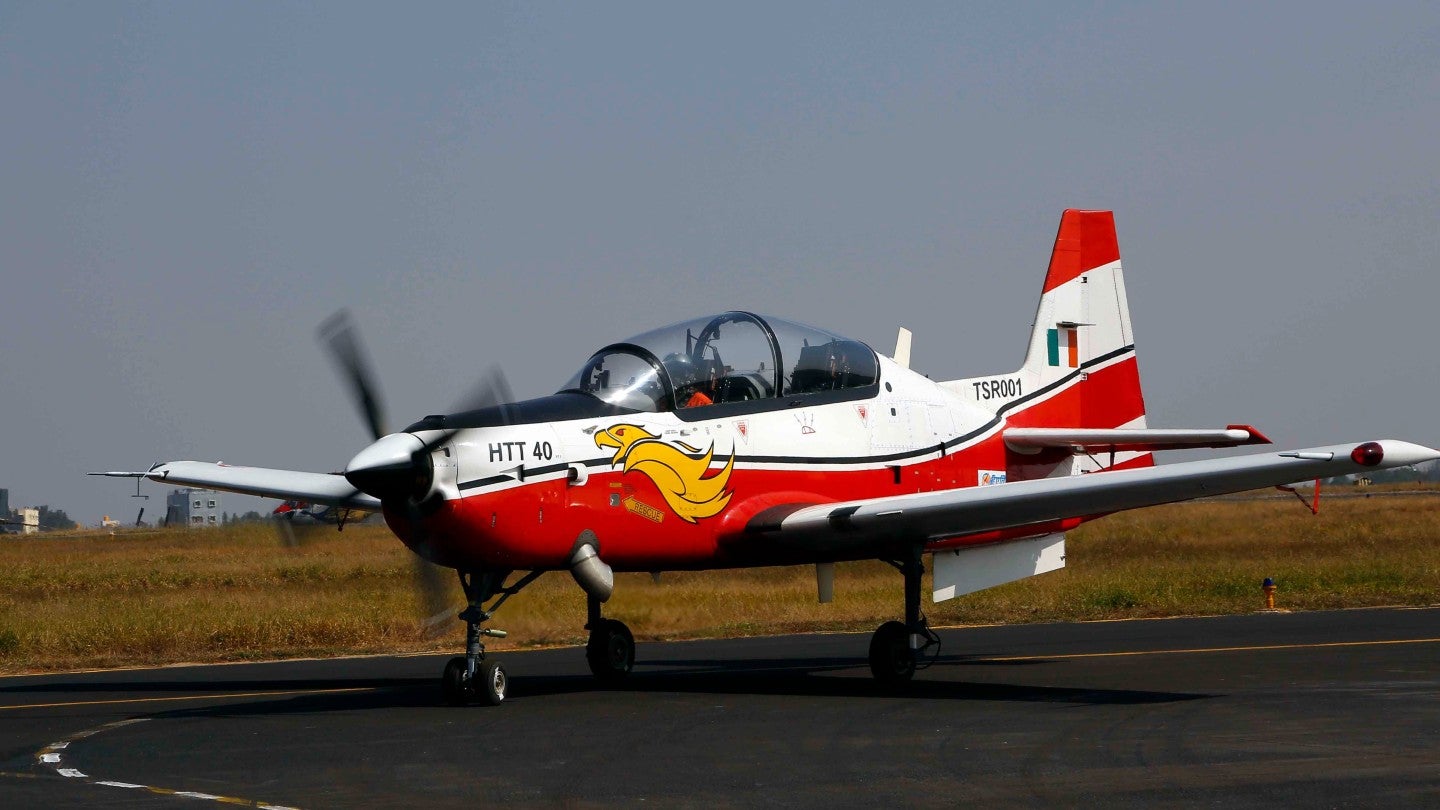
Hindustan Aeronautics Limited (HAL) has achieved a significant milestone with the development of the HTT-40 Basic Trainer Aircraft (BTA) for the Indian Air Force (IAF). Set to enter service from 2025 onwards, the HTT-40 is poised to enhance pilot training within the IAF. However, to fully leverage the platform’s potential and tap into the lucrative export market, HAL should consider developing a light attack variant of the HTT-40, akin to the A-29 Super Tucano.
This robust and reliable trainer aircraft is intended to provide new pilots with the skills they need before transitioning to more advanced fighter jets. Its induction into the IAF marks a significant step forward in reducing dependency on foreign trainers and bolstering indigenous defence production.
Continue readingSOURCE: AFI

India’s Agnipath scheme, designed to recruit soldiers for a four-year term, is undergoing revisions based on feedback from senior army officers. Discussions are underway to extend the minimum service tenure for Agniveers (recruits) to seven or eight years. Additionally, proposals include retaining a larger portion of the force, with a target of 60-70% transitioned into permanent positions.
These recommendations are part of an ongoing review of the Agnipath scheme, which has been in place for a few months. Feedback is being collected from formations and senior officers to assess the scheme’s impact on operational efficiency. The goal is to ensure Agniveer recruitment doesn’t lead to functional issues within the army.
Continue readingSOURCE: AFI

On June 8, Mumbai’s Chhatrapati Shivaji Maharaj International Airport witnessed a near-miss incident involving Air India flight AI657 and IndiGo flight 6E5053. This incident highlights a critical lapse in air traffic control coordination, leading to a dangerous reduction in the separation between the two aircraft. The incident occurred when AI657 was cleared for departure from Runway 27 at the same time 6E5053 was cleared to land on the same runway.
Automatic Dependent Surveillance-Broadcast (ADS-B) data provided granular details about the proximity of the two aircraft. According to Flightradar24, the closest point of approach was just 1,671 feet—a dangerously low margin for aircraft safety. This analysis is based on detailed ADS-B data that offers a high-resolution account of the positions and movements of both flights.
Continue readingSOURCE: RAUNAK KUNDE / NEWS BEAT / IDRW.ORG
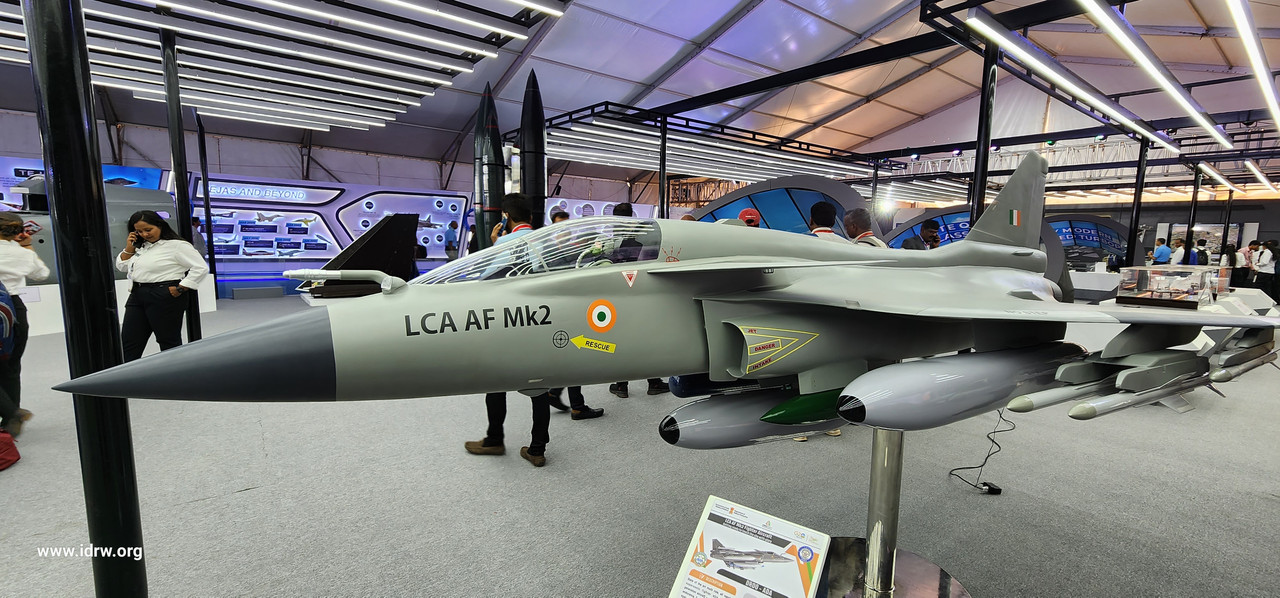
Hindustan Aeronautics Limited (HAL) has ambitious plans for the Tejas MkII fighter jet, aiming to produce at least 120 units before 2036, according to Chairman and Managing Director (CMD) CB Ananthakrishnan. This timeline aligns with the potential retirement of the Indian Air Force’s (IAF) Mirage-2000 and MiG-29UPG fleets by the mid-2030s.
HAL plans a phased production approach, starting with an initial rate of 16 Tejas MkII jets per year from 2029 to 30. This will gradually increase to a targeted production rate of 24 units annually by 2032-33. The entire production run is expected to be completed by 2035-36, meeting the IAF’s potential replacement needs for its ageing fighter jets.
Continue readingSOURCE: RAUNAK KUNDE / NEWS BEAT / IDRW.ORG

The Indian Navy has embarked on discussions with various Indian private-sector companies for the development of indigenous marine propulsion engines for conventional submarines. This initiative aims to achieve self-reliance in a critical area and power the next generation of underwater vessels.
The primary focus of this project is the development of 12 next-generation diesel-electric attack submarines (SSKs) under Project-76. These submarines are intended to replace the ageing Kilo-class submarines currently operated by the Indian Navy. The new engines are expected to match the performance of the existing MTU 12V 396 SE84 diesel engines used in the Kalvari-class submarines.
Continue readingSOURCE: RAUNAK KUNDE / NEWS BEAT / IDRW.ORG

India’s Indigenous air warfare capabilities leapt forward on May 29th with the successful test-firing of the Rudram-II air-to-surface missile. Launched from a Sukhoi Su-30MKI fighter jet off the coast of Odisha, this marked the first full-configuration test of the weapon.
The 800kg missile can carry a 200kg warhead 200kg warhead, is designed as a “universal weapons system.” This means it can be seamlessly integrated into various Indian fighter jets, including the upcoming Tejas MkII and potentially the Rafale in the future.
Continue readingSOURCE: AFI

In a significant development for India’s defense procurement, the T4 rifle, developed jointly by Jindal Defence and Brazilian firm Taurus Arms, has successfully passed a series of rigorous trials. This achievement brings the T4 rifle one step closer to being selected in a massive bid to supply 425,000 rifles to the Indian armed forces, marking a crucial milestone in the nation’s ongoing efforts to modernize its military equipment.
The T4 rifle underwent extensive testing under various conditions to evaluate its performance, reliability, and durability. These trials are part of the Indian Army’s stringent evaluation process to ensure that any new weapon system meets the highest standards of operational readiness and effectiveness. The successful completion of these trials is a testament to the rifle’s robust design and advanced features, making it a strong contender in the large-scale procurement process.
Continue readingSOURCE: AFI
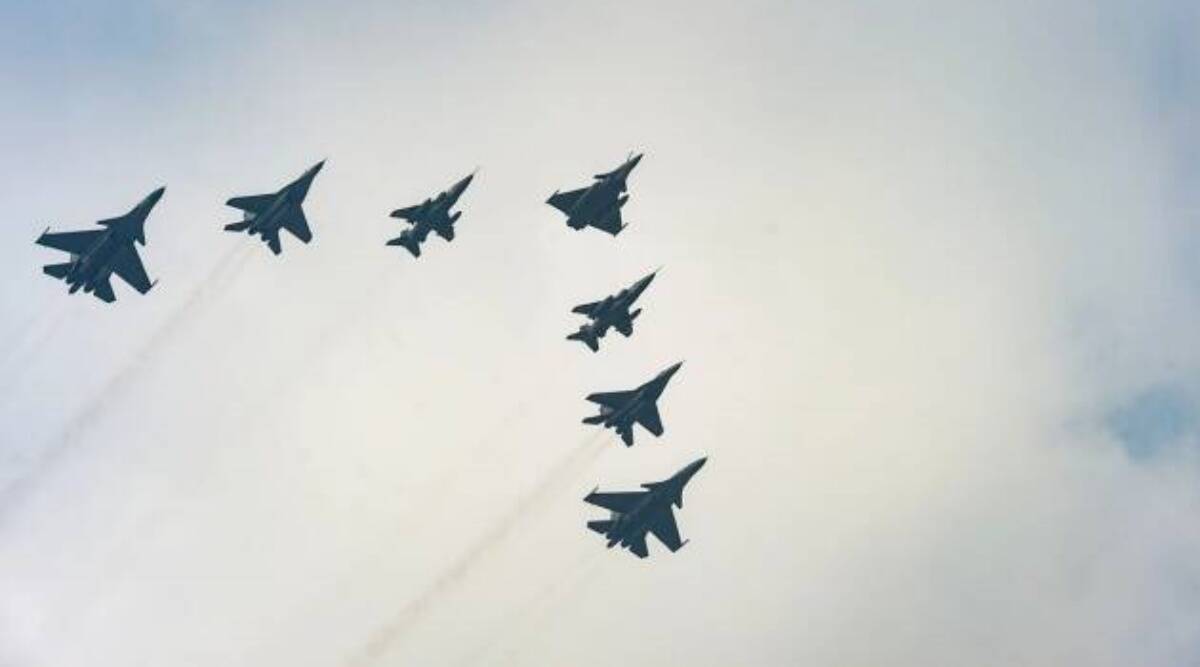
The Indian Air Force (IAF) is set to host its biggest-ever multinational exercise, “Tarang Shakti 2024,” this August in Jodhpur. Skies above the city will witness the roar of fighter jets from some of the most advanced air forces around the world.
This exercise marks a significant milestone for Indian-German defense cooperation. IAF Chief Air Chief Marshal VR Chaudhari’s recent visit to Germany and his sortie in a Eurofighter Typhoon underscore the strong ties between the two nations. The German Air Force itself confirmed participation with their Eurofighter jets via a social media post .
Continue readingSOURCE: AFI

In a historic achievement for India’s burgeoning space sector, Saraniya Periaswamy and Umamaheswari K have emerged as pivotal figures in the successful launch of the world’s first rocket equipped with a 3D-printed engine. This remarkable milestone, achieved by Agnikul Cosmos, was executed from the Indian Space Research Organisation’s (ISRO) launch facility in Sriharikota on May 30. The mission’s success underscores the increasing impact of women in the field of space exploration in India.
The path to this groundbreaking launch was fraught with challenges. Agnikul Cosmos, a Chennai-based startup, had to abort the mission four times in the preceding months due to various technical issues. However, the perseverance and expertise of the team, led by Periaswamy and Umamaheswari, ensured that these setbacks were only temporary.
Continue readingSOURCE: AFI

Garuda Aerospace Pvt Ltd., a leading Indian drone tech startup, proudly announces the grand opening of its first exclusive drone showroom in Chennai! This groundbreaking initiative marks a significant step forward for the drone industry in India.
Driven by the visionary leadership of CEO Agnishwar Jayaprakash and the esteemed Dr. R Velraj from Anna University, the showroom transcends mere product display. It’s a portal to the future of aerial innovation.
Continue readingSOURCE: IDRW.ORG
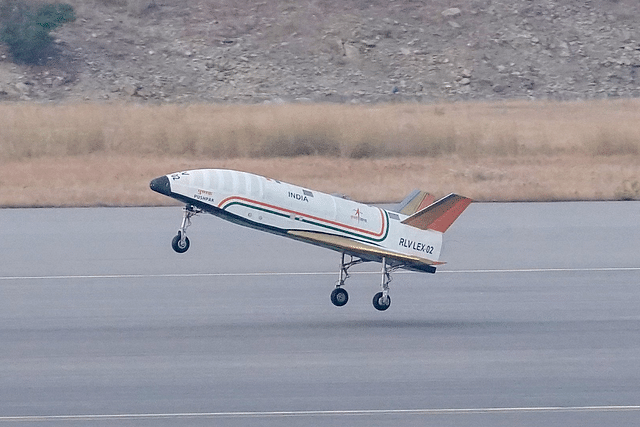
The Indian Space Research Organisation (ISRO) is inching closer to its Reusable Launch Vehicle (RLV) program with the upcoming third and final RLV landing experiment (RLV LEX).
“We’re progressively raising the difficulty level with this mission,” said Dr. Unnikrishnan Nair, highlighting the increasing complexity of the tests. The RLV-LEX missions involve an unmanned winged prototype, named Pushpak, being taken to a predetermined height and released for a controlled landing under various conditions. In the upcoming LEX-03 mission, Pushpak will be carried to a height of 4.5 kilometers, but with an added challenge – it will be released 500 meters sideways from the runway, compared to the 150 meters in the previous LEX-02 mission.
Continue readingSOURCE: IDRW.ORG

The Johnnette JF-2, a lightweight hand-launched fixed-wing drone, recently impressed during a military exercise in Rajasthan. This drone, deployed by a tank crew, showcased its capabilities as a valuable tool for land forces.
The Johnnette JF-2 boasts several features that make it ideal for battlefield use. First and foremost, its lightweight design and hand-launching mechanism allow for easy deployment by soldiers in the field. Furthermore, its extended 90-minute endurance enables troops to gather vital intelligence over a sustained period.
Continue readingSOURCE: AFI

Group Captain MJA Vinod (retired Indian Air Force) recounted his experience evaluating the Eurofighter Typhoon in X Post (Formerly Twitter). This evaluation, conducted before the induction of the Rafale, involved both flying the Typhoon and engaging it in simulated combat.
While acknowledging the “neat” towed decoy system of the Typhoon, Group Captain Vinod reportedly expressed reservations about its overall performance.
Continue readingSOURCE: AFI
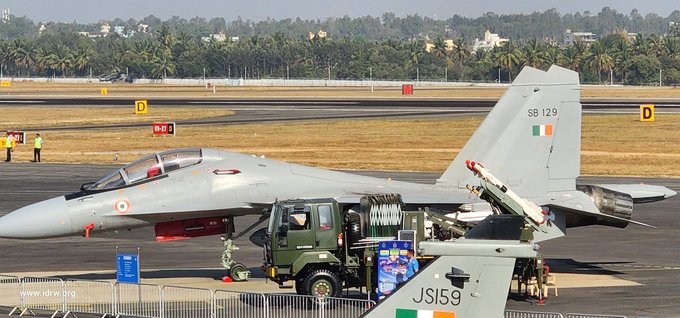
Hindustan Aeronautics Limited (HAL) is set to manufacture 12 Su-30MKI multirole fighter jets following a recent order. These jets will bolster the Indian Air Force’s (IAF) fleet.
The Su-30MKI is built under license from Russia’s United Aircraft Corporation, with a per-unit cost of $70.3 million for HAL production. This is significantly higher than the $42.15 million price tag for a Russian-built model, according to a senior IAF official.
Continue reading